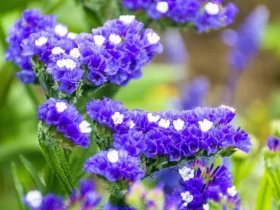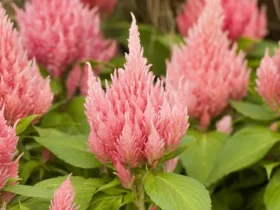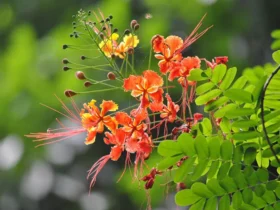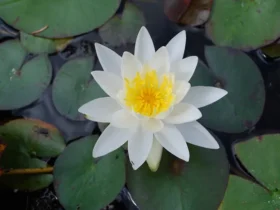In the realm of flowering plants, few can rival the delicate elegance and timeless allure of the Paeonia tenuifolia, commonly known as the Fernleaf Peony. With its unique foliage and stunning blossoms, this perennial plant has captivated gardeners and flower enthusiasts for centuries. Let us delve into the enchanting world of the Paeonia tenuifolia and discover the secrets behind its extraordinary beauty.
Paeonia tenuifolia images

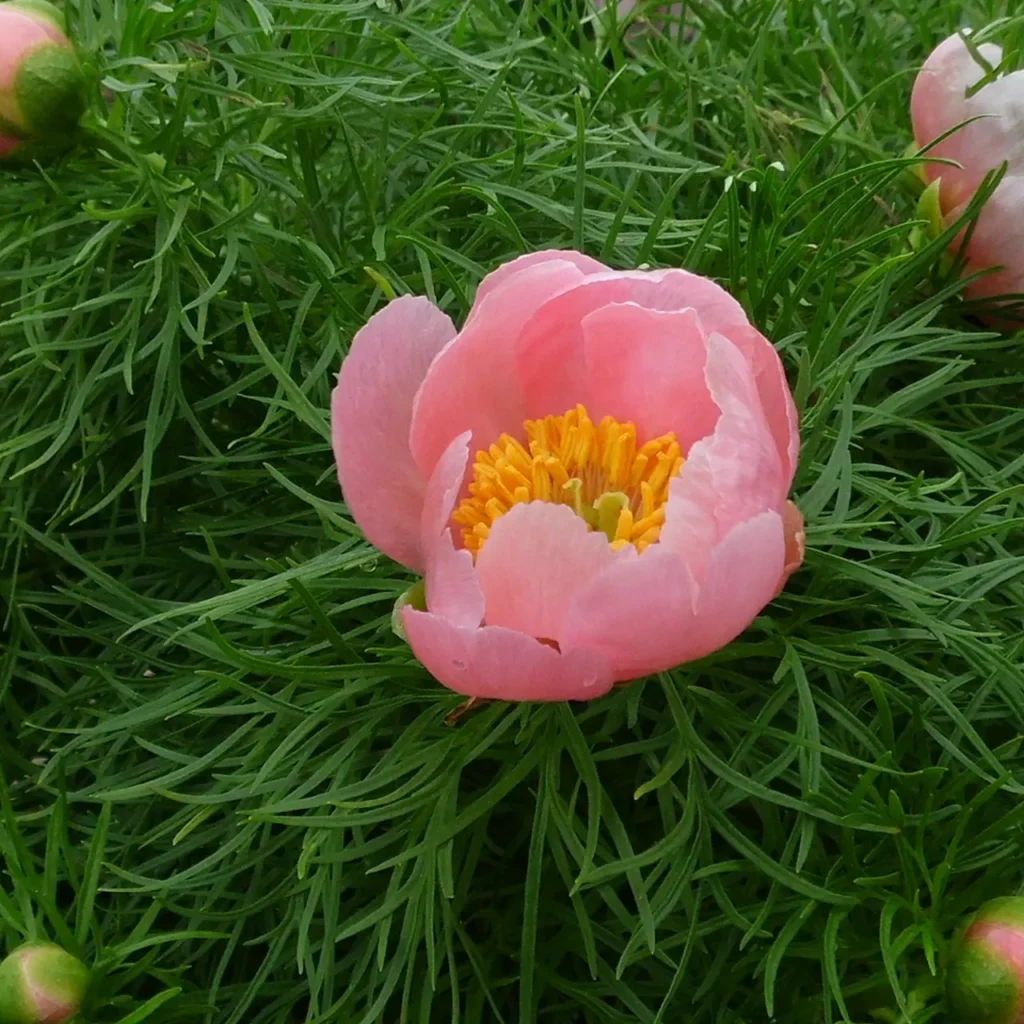
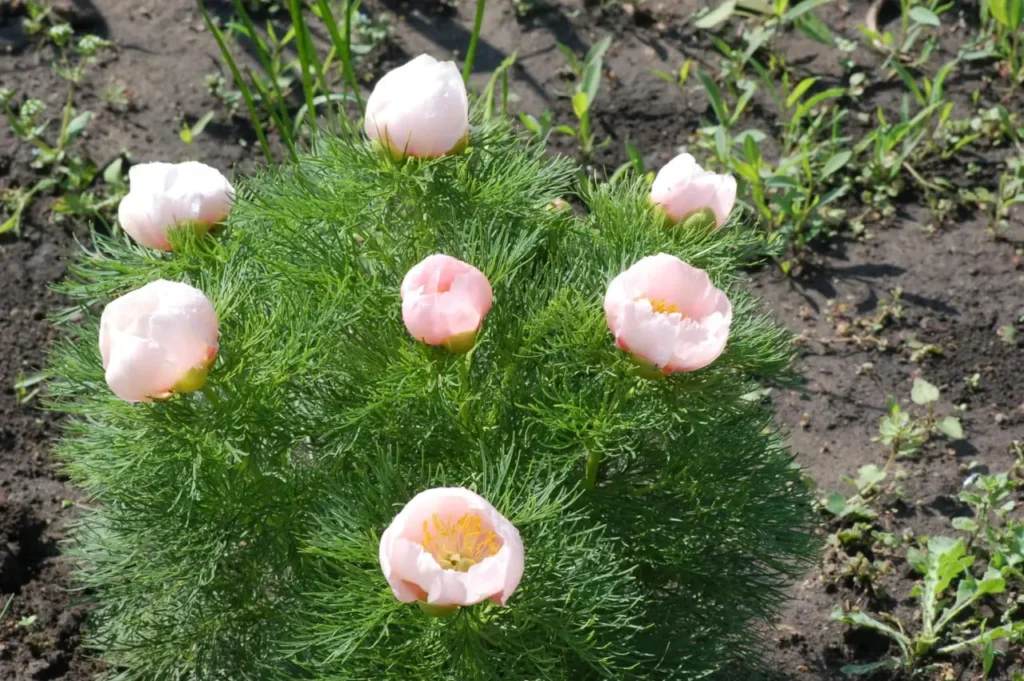

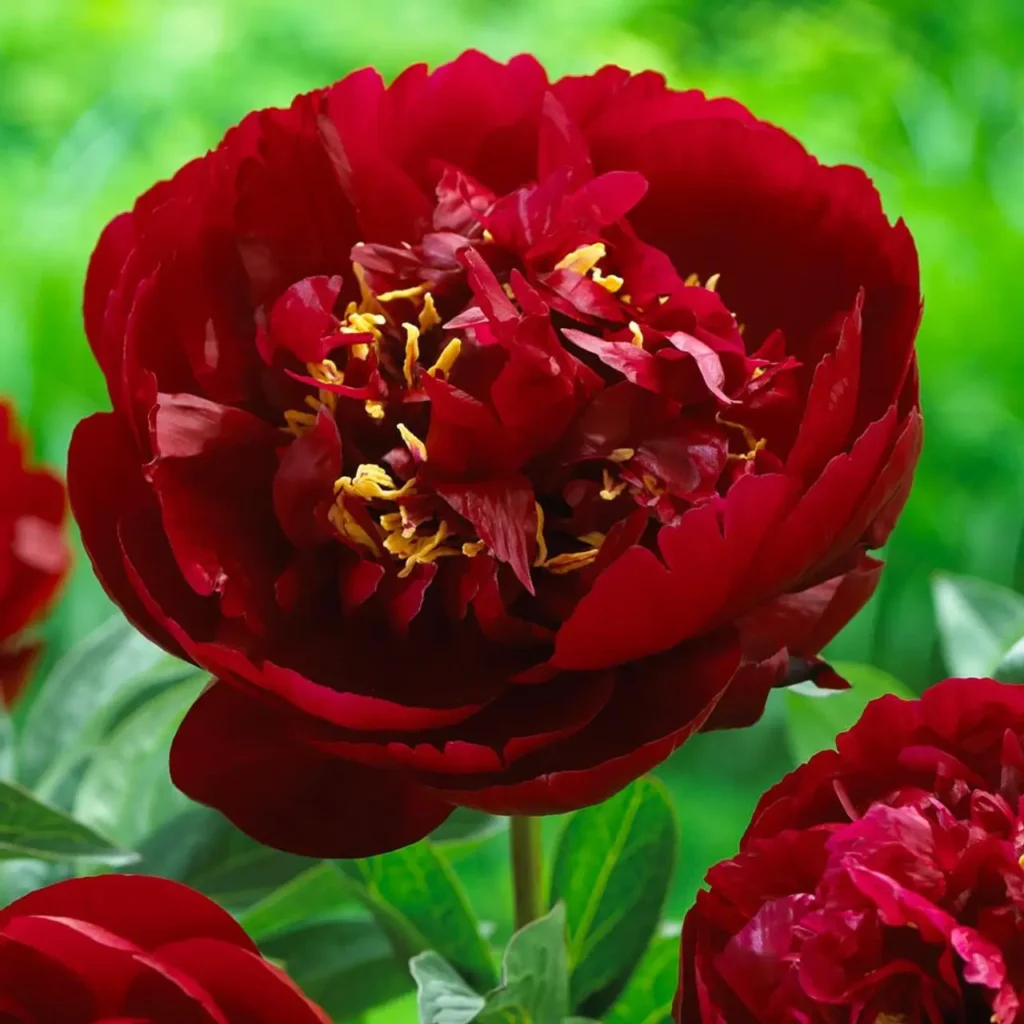


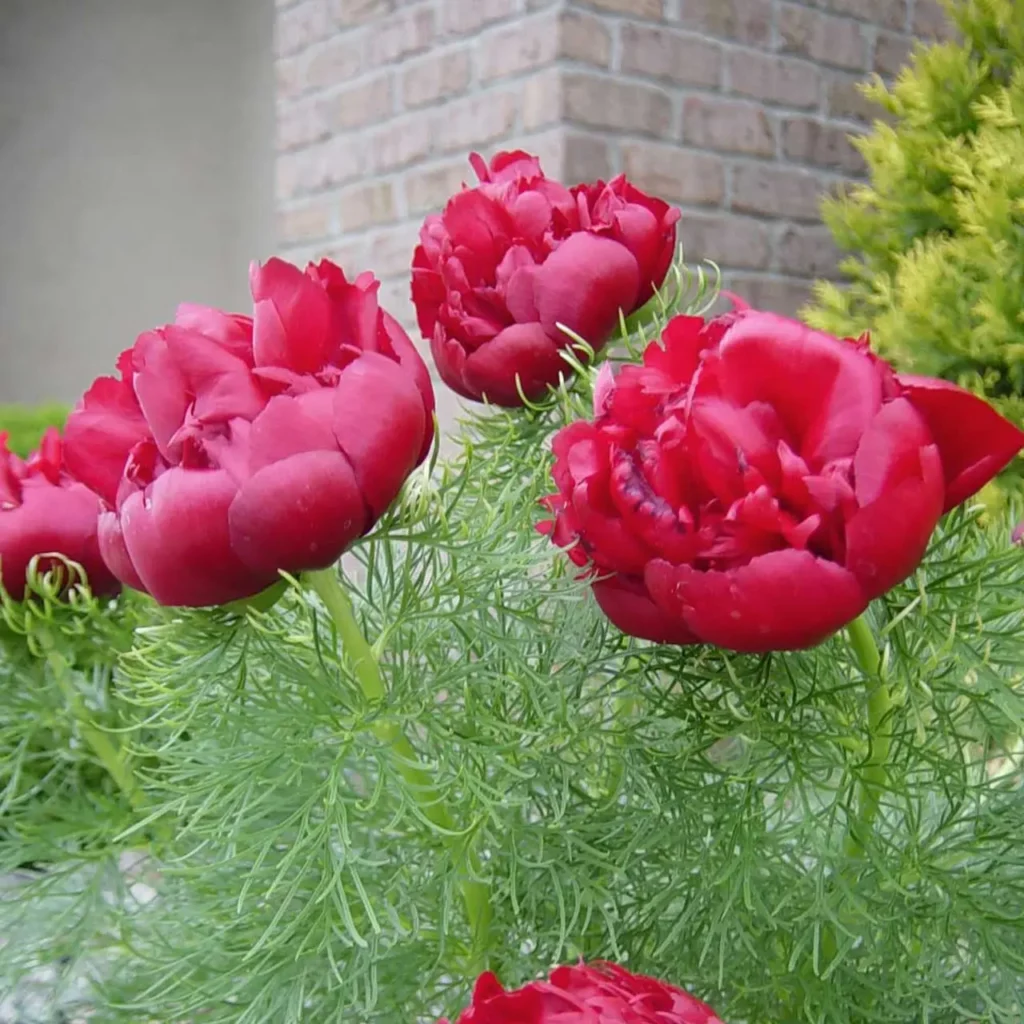
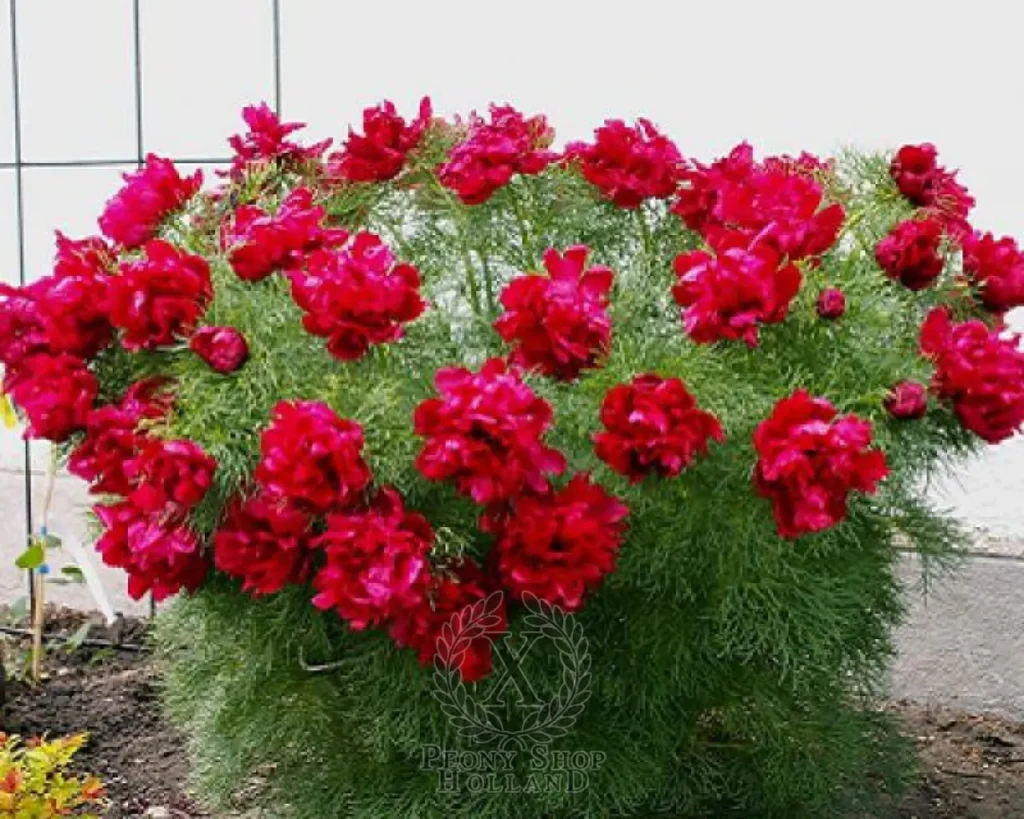
Origin and Characteristics
The Paeonia tenuifolia is native to the mountainous regions of the Caucasus and southern Russia, where it thrives in well-drained soils and cooler climates. It is a herbaceous perennial that belongs to the Paeoniaceae family. What distinguishes this peony from others is its exquisite fern-like foliage, which sets it apart from its more commonly known counterparts.
The foliage of the Fernleaf Peony is finely dissected, resembling delicate fern fronds. The deeply cut leaves create a graceful and airy appearance, adding an element of textural interest to the garden even when the plant is not in bloom. The foliage emerges in early spring and remains attractive throughout the growing season, providing a lush backdrop for the plant’s vibrant flowers.
The color of the Paeonia Tenuifolia
Paeonia tenuifolia, commonly known as the Fernleaf Peony or Russian Peony, is primarily known for its deep and striking red flower color. However, it’s worth noting that there are some variations and cultivars that may exhibit slight differences in color. Here are some recognized variations of the color of Paeonia tenuifolia:
- Scarlet Red: The most common and characteristic color of Paeonia tenuifolia is a vibrant scarlet red. The petals typically display a deep and intense red hue.
- Burgundy: Some cultivars of Paeonia tenuifolia may have flowers that exhibit a dark burgundy coloration. These flowers often have rich and deep red tones, bordering on shades of dark purple.
- Crimson: Another variation of the flower color is crimson, which is a deep and intense shade of red. Crimson flowers can appear bold and striking, creating a captivating visual display.
While these are the most commonly observed colors of Paeonia tenuifolia, it’s important to note that individual plants and specific cultivars may exhibit slight variations in shade or intensity. The actual flower color can also be influenced by factors such as light conditions, soil composition, and environmental factors.
Flowers and Bloom Time
The Fernleaf Peony produces stunning blossoms that are truly a sight to behold. The single flowers, typically measuring 2 to 3 inches (5 to 7.6 cm) in diameter, appear atop sturdy stems in late spring or early summer. Each flower features rich, vibrant hues that range from deep crimson to vibrant scarlet. The petals are velvety and slightly cupped, giving them a distinctive and refined appearance.
Unlike some other peony varieties, the Fernleaf Peony does not possess the traditional fragrance associated with the genus. However, its striking appearance more than compensates for this lack of scent, making it a popular choice among those seeking a visually captivating addition to their garden.
Cultivation and Care
The Paeonia tenuifolia requires specific growing conditions to thrive. Here are some essential tips for successfully cultivating and caring for this remarkable plant:
- Sunlight and Soil: Fernleaf Peonies prefer full sun to partial shade. They thrive in well-drained, fertile soils with a neutral to slightly alkaline pH. Avoid waterlogged or heavy clay soils, as they can lead to root rot.
- Planting: When planting the Fernleaf Peony, ensure the crown is placed at the soil surface or slightly above. This will help prevent rot and promote healthy growth. Space multiple plants at least 2 to 3 feet (60 to 90 cm) apart to allow for proper air circulation.
- Watering: While the Fernleaf Peony appreciates regular watering, it is essential to avoid overwatering, as excessive moisture can cause root damage. Provide deep, thorough waterings when the soil begins to dry out.
- Mulching: Apply a layer of organic mulch, such as shredded bark or compost, around the base of the plant to help conserve moisture, suppress weeds, and protect the roots during extreme temperatures.
- Support and Pruning: As the Fernleaf Peony stems can become top-heavy, it is advisable to provide support, such as stakes or hoops, to prevent the flowers from drooping or bending. Prune the plant back to the ground in late fall or early spring to promote healthy new growth.
Garden Uses and Symbolism
The Paeonia tenuifolia’s unique appearance and vibrant blossoms make it a cherished addition to any garden. Its finely dissected foliage adds an element of elegance and creates a striking contrast against other plants with broader leaves. The Fernleaf Peony is well-suited for border plantings, rock gardens, or as a focal point in a mixed perennial bed.
In terms of symbolism, peonies, in general, have long been associated with prosperity, good fortune, and a happy life. The Fernleaf Peony, with its distinctive characteristics, represents grace, refinement, and an appreciation for the subtle beauty found in nature.
In Conclusion
The Paeonia tenuifolia, or Fernleaf Peony, is a botanical treasure that delights with its unique foliage and breathtaking blossoms. Its elegant presence and vibrant colors make it a cherished addition to gardens around the world. By embracing and cultivating the Fernleaf Peony, gardeners can revel in its timeless beauty and create an enchanting sanctuary where nature’s wonders can be celebrated and cherished.


